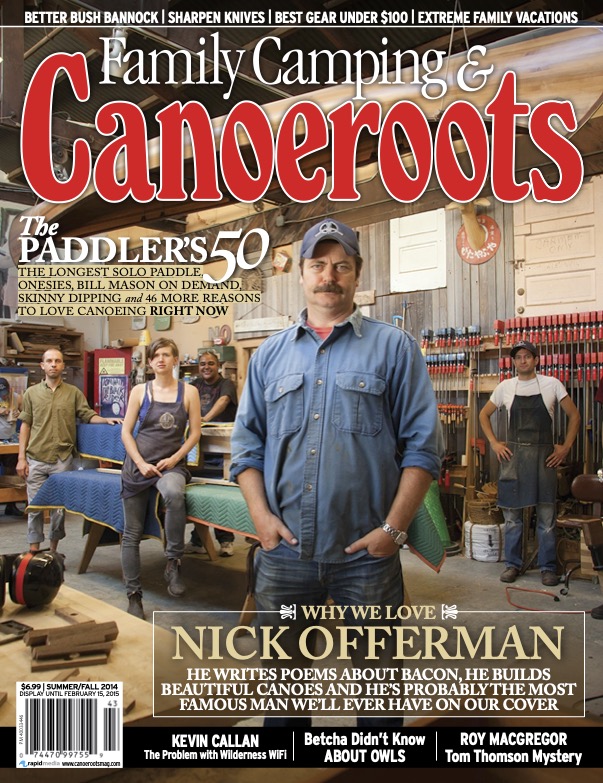Without a paper map to guide me, my interpretation of a wilderness area looks more like a map from the 16th century. Without satellite precision it’s rough and hypothetical, with notched portages marked Here Be Blackflies and picturesque campsites denoted by smiling suns.
The lakes, river and creeks form the skeleton of the map and land out of sight beyond hilltops fades into obscurity. It’s not quite to scale—landmarks loom larger than life, proud and prominent, and hazards are rendered with a giant’s bold hand. Thankfully, this mental map is underlaid by an accurate paper one.
I’ve always been entranced by maps. They share more than simple topography and route finding. Through the winter I paper my floor, not just to allay cabin fever, but also to wonder what’s over that next rise, beyond that next portage, always looking for rivers and lakes previously unseen. On a trip, I love to curl up around the fire and familiarize myself with what lies a mile distant in the west or five miles off in the east.
Not everyone shares this level of enthusiasm for placing their route within the context of a 50-square-mile area. Instead, some use their map only as a navigational aid to get from A to B. While I’m feeling blissfully small in an interconnected and unfurling wilderness, I sometimes wonder if my map-ambivalent counterparts are enjoying just a series of beautiful lakes and rugged trails occurring in an arbitrary order.
Set up at camp, we tell tales about past trips. A never-ending portage, a vicious storm, waking up to a bear peering into the tent—but I’m surprised when reminiscing is followed by, “Hey, where were we when that happened?”
While mapping wild land has grown sophisticated as a science, our own familiarity with wild places has become fragmented. Paradoxically, we live in a world where we can peer down from space into distant forests to trace a wilderness route, yet the true knowing of wilderness places is in short supply.

Less common today is the intimate knowledge of place. Indigenous communities built this knowledge over the generations and it allowed them to travel over the land using stars, landmarks and oral stories as guides.
While I can’t lay claim to the gift of rooted generations, there are a handful of wilderness areas where I’ve felt a sense of place, where even with eyes closed the landscape unrolls in all directions and I could paddle and portage for days without needing reference. It’s a surreal and wonderful feeling when the map becomes drawn inside.
Whether it’s a paper map or a map of the mind, when paid attention to, the blue lines and green swatches become a treasure trove of personal history. It’s a storyteller of geography, yes, but if we listen, it’ll also recount our own stories back to us. —Kaydi Pyette




